The Largest Dams in the World

Discover the world’s largest dams—from the colossal Three Gorges in China to towering structures in Tajikistan and the U.S. Explore their scale, purpose, and global significance.
From towering concrete walls to sprawling reservoirs stretching over hundreds of kilometers, dams are among the largest man-made structures on Earth. Built to store water, control floods, irrigate farmland, and generate electricity, these engineering giants reshape entire landscapes—and often, entire communities. This guide explores the largest dams in the world by several categories: volume, height, reservoir capacity, and hydroelectric output.
💧 1. Three Gorges Dam (China)
- Type: Concrete gravity dam
- River: Yangtze River
- Height: 181 m
- Length: 2,335 m
- Installed Capacity: 22,500 MW – the largest hydroelectric power station in the world
- Reservoir Length: Over 600 km
- Completed: 2012
The crown jewel of China’s energy infrastructure, the Three Gorges Dam is the world’s largest by installed capacity. It has played a major role in flood control, navigation, and electricity production—but also displaced over 1.3 million people and submerged hundreds of towns and cultural sites.
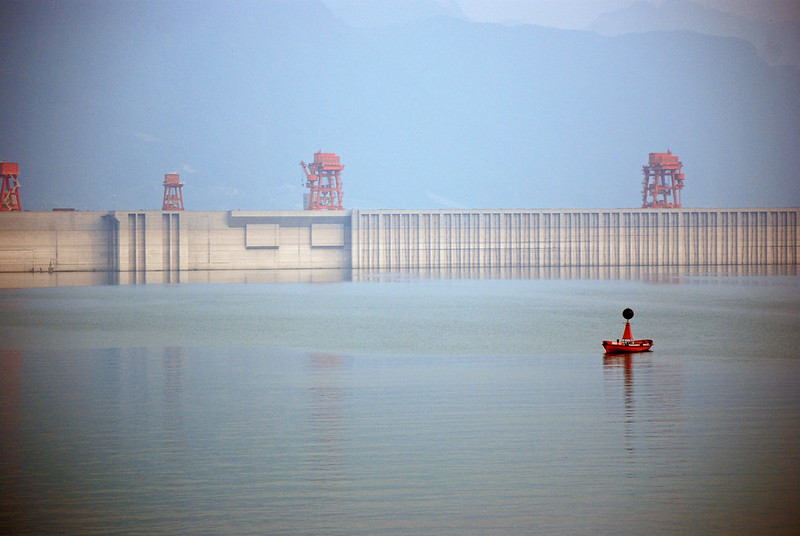
🏔️ 2. Nurek Dam (Tajikistan)
- Type: Earth-fill embankment
- River: Vakhsh River
- Height: 300 m – one of the tallest dams in the world
- Length: 700 m
- Installed Capacity: 3,000 MW
- Completed: 1980
Before China’s Rogun Dam (still under construction), Nurek held the record for tallest dam in the world. Located in a seismic zone, its earth-fill design is a marvel of geotechnical engineering.
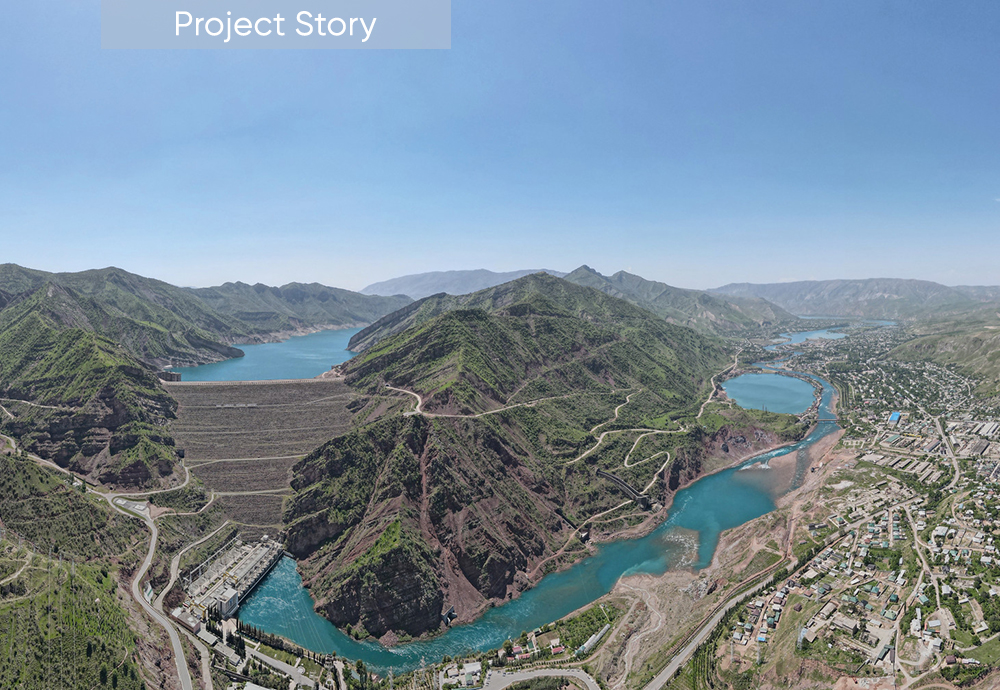
🌊 3. Itaipu Dam (Brazil/Paraguay)
- Type: Concrete gravity dam
- River: Paraná River
- Height: 196 m
- Installed Capacity: 14,000 MW
- Length: 7,919 m
- Completed: 1984
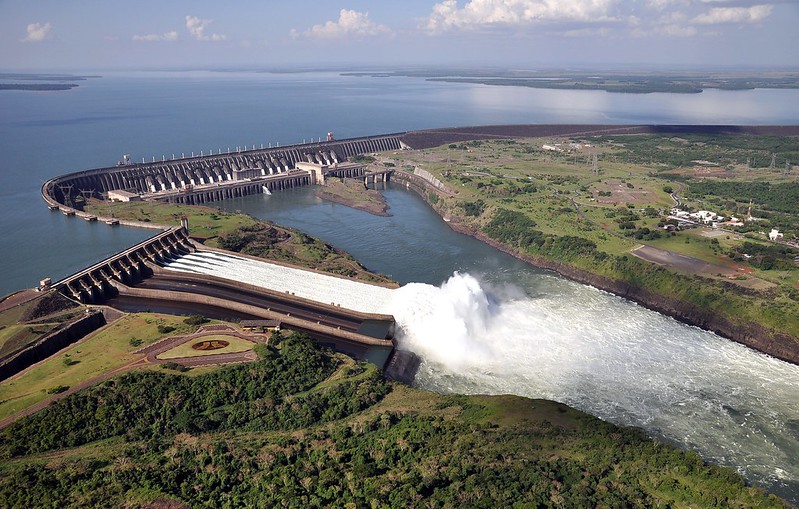
Once the global leader in energy output, the Itaipu Dam still holds the record for most electricity ever generated in a single year (103 TWh in 2016). A symbol of binational cooperation, it supplies nearly 90% of Paraguay’s electricity and about 15% of Brazil’s.
🏞️ 4. Kariba Dam (Zambia/Zimbabwe)
- Type: Double curvature concrete arch
- River: Zambezi
- Height: 128 m
- Reservoir Volume: 180 km³ – one of the largest man-made lakes in the world
- Installed Capacity: 1,626 MW
- Completed: 1959
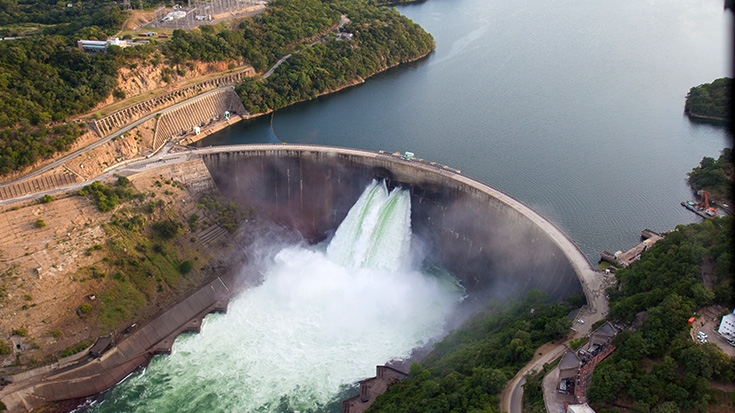
The Kariba Dam holds back Lake Kariba, the world’s largest artificial reservoir by volume. It’s crucial for electricity and water supply in southern Africa but has caused long-term environmental and ecological changes in the region.
🏗️ 5. Rogun Dam (Tajikistan, under construction)
- Type: Earth-fill embankment
- River: Vakhsh River
- Planned Height: 335 m – expected to become the tallest dam in the world
- Planned Capacity: 3,600 MW
- Construction Resumed: 2016 (original started in 1980s)
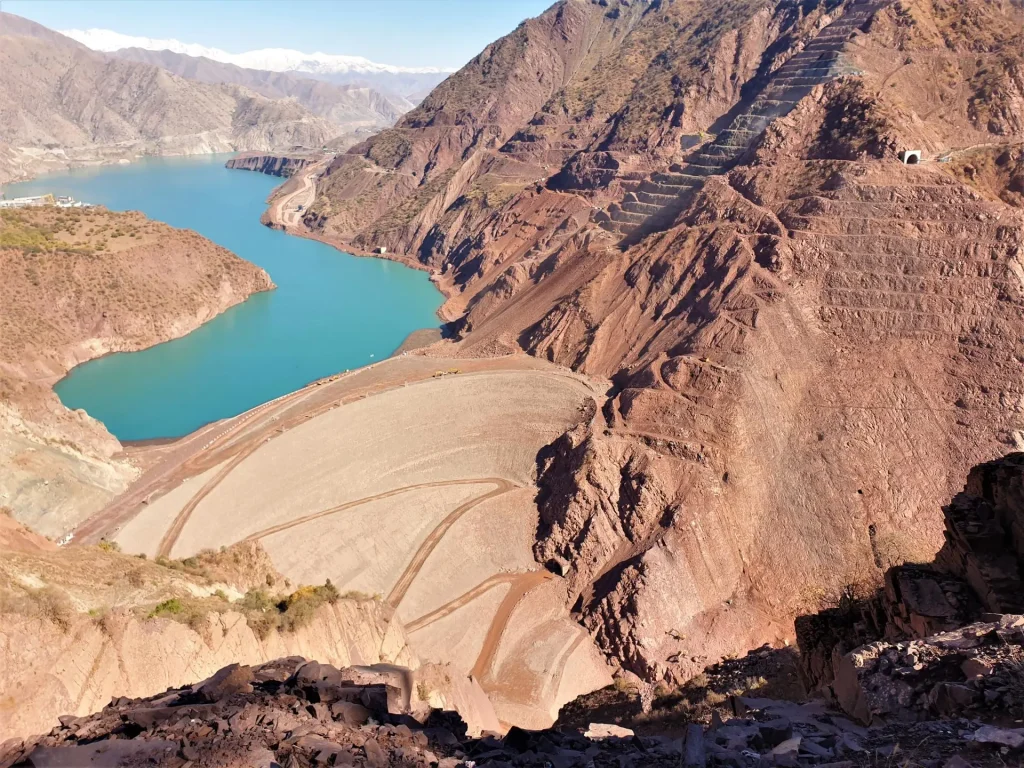
Once completed, Rogun will surpass Nurek to become the tallest dam on Earth. It’s central to Tajikistan’s ambitions to become a major power exporter but has sparked tensions with downstream neighbors.
🏞️ 6. Hoover Dam (USA)
- Type: Concrete arch-gravity
- River: Colorado River
- Height: 221 m
- Reservoir: Lake Mead
- Capacity: 2,080 MW
- Completed: 1936
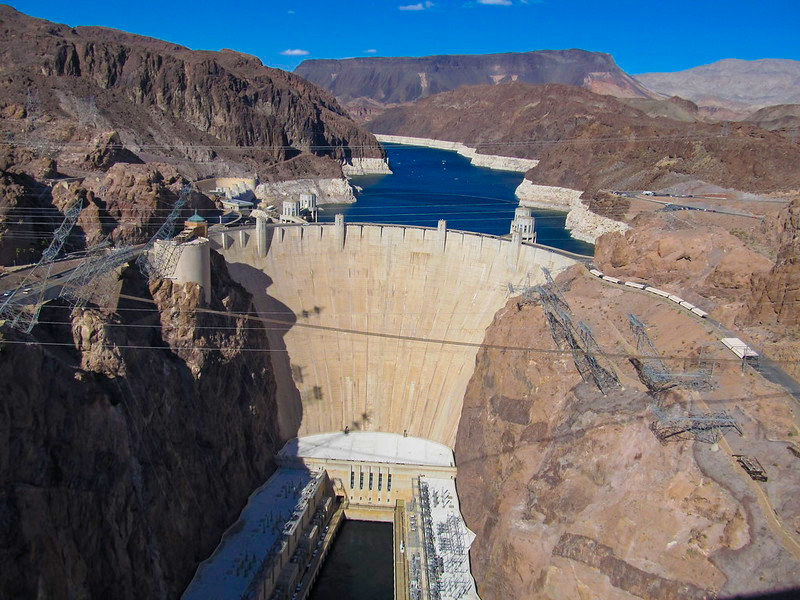
Perhaps the most famous dam in the world, Hoover Dam was an engineering marvel of its time. It gave birth to Lake Mead, the largest reservoir in the United States, supplying water and power across the American Southwest.
📏 7. Syncrude Tailings Dam (Canada)
- Type: Tailings dam (for industrial waste)
- Height: 88 m
- Length: 18.3 km – longest dam in the world
- Purpose: Contain tailings from oil sands
- Location: Alberta, Canada
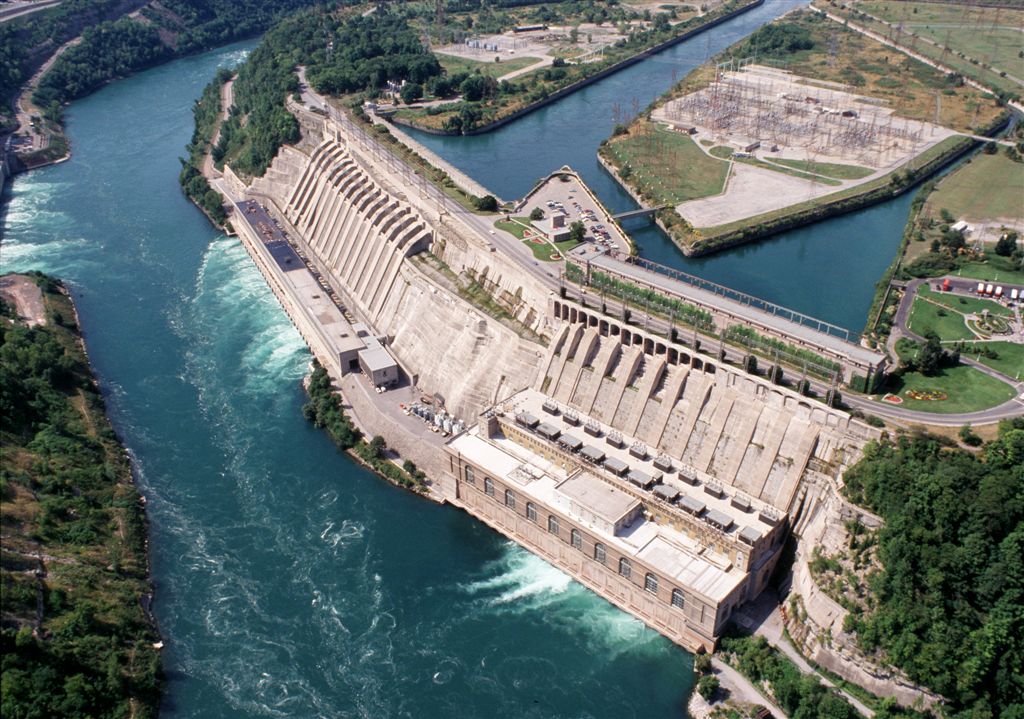
While not a water dam in the traditional sense, Syncrude’s Mildred Lake dam is often included due to its massive size and environmental relevance.
🌐 Notable Mentions
- Bhakra Dam (India): 226 m tall, major reservoir on the Sutlej River.
- Tarbela Dam (Pakistan): World’s largest earth-filled dam by volume.
- Guri Dam (Venezuela): Key to Venezuela’s power supply, capacity of 10,200 MW.
- Sayano–Shushenskaya Dam (Russia): Tragic collapse in 2009, still a major energy source.
⚠️ Dams and Their Impact
While dams bring undeniable benefits—hydropower, flood control, irrigation—they also come with environmental and social costs:
- Ecosystem disruption and blocked fish migration
- Sediment retention, starving downstream deltas
- Displacement of communities and submerged cultural sites
- Increased seismic activity in certain zones
Discover how dams affect ecosystems, sediment flow, and human lives.
Conclusion
The largest dams in the world stand as testaments to human ingenuity—and reminders of our profound influence over the natural world. As climate change accelerates and energy demands rise, the future of large dams will be shaped by balancing energy needs with ecological sustainability and social equity.



